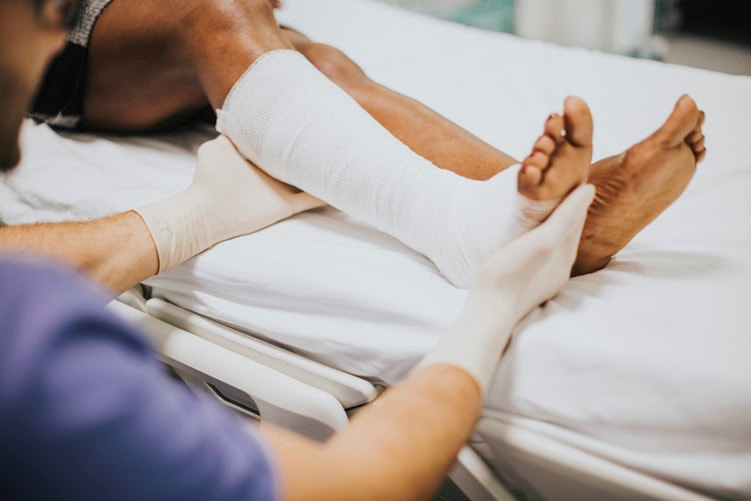
This article was published on: 03/8/22 7:17 AM
An acute injury is sudden and sometimes this injury can result from some physical activity. The body will experience a change, and these changes could cause instability or prevent another part of the body from functioning properly. Generally, acute injuries do not affect more than one part of the body because the injuries are isolated. People often experience acute injuries while tripping, slipping, or falling while playing sports. While these injuries are quite painful.
Common acute injuries are found in people, such as teenagers, young adults, and middle-aged people. People experience acute injuries as a consequence of sports. Most acute child injuries are related to playground incidents or other fall traumas that may lead to broken bones. For the elderly, simply falling can be catastrophic for the hips and shoulders. Acute injuries can damage the muscles, skin, soft tissues, cartilage, and fascia. In extreme cases, this damage may reach the nerves and blood vessels as well. An ankle sprain occurs after bending the foot at an odd angle, tearing the ligaments, which results in pain and discomfort. Back and hamstring strains are common and may result from heavy lifting. After a fall or other impact, it’s possible for a joint to be dislocated from the body. This is especially common in contact sports, such as football.
Treatments for acute injuries put normal levels of stress on the injured body part and could compound the injury. To prevent this, you should protect it from external forces. You should also limit your movement and immobilise the body part with a splint, sling, or brace. Rest is a crucial part of the recovery process, but too much rest may prevent the constructive re-strengthening process. Ice will reduce pain between formal cryotherapy treatments and standard ice packs. Compression wraps, like elastic bandages, provide support to the injured part and reduce swelling.
To prevent an acute injury, it’s important to prepare your body for exercise or movement. Warming up, stretching, and cooling down are all critical phases during this process. Following these safety guidelines will allow your body to receive the optimal benefits from this exercise.